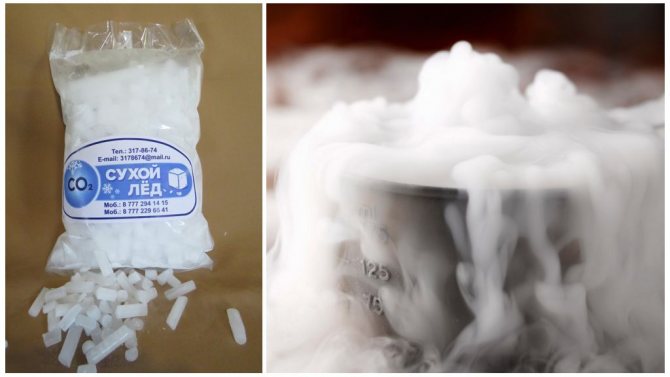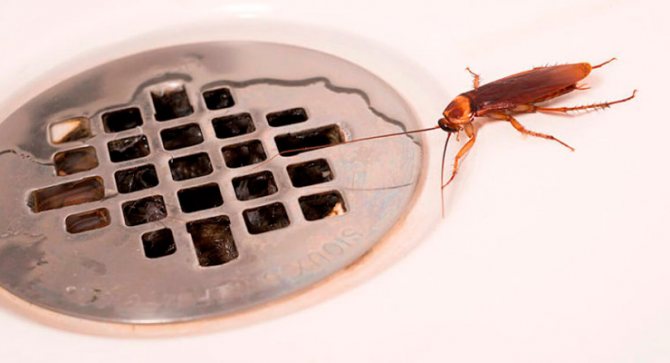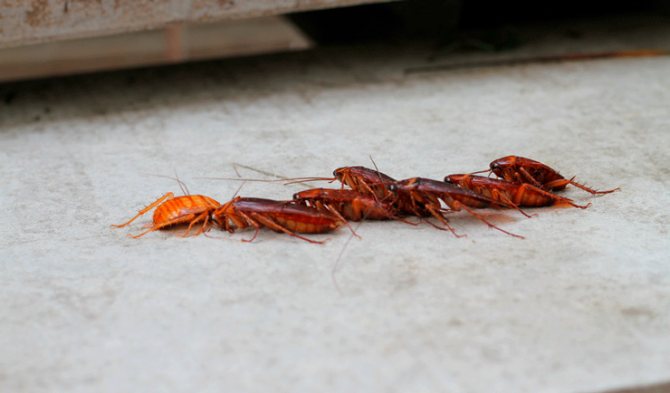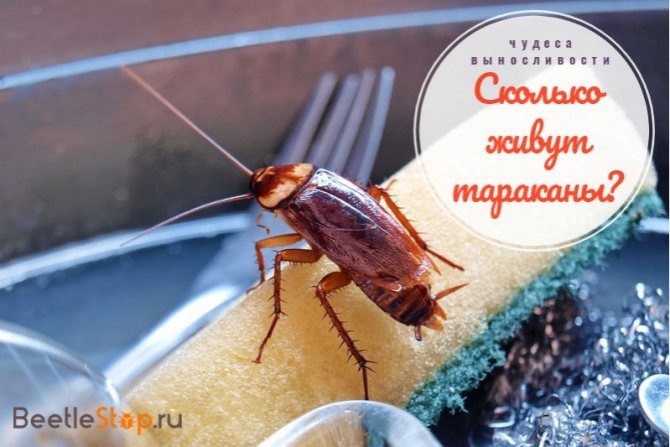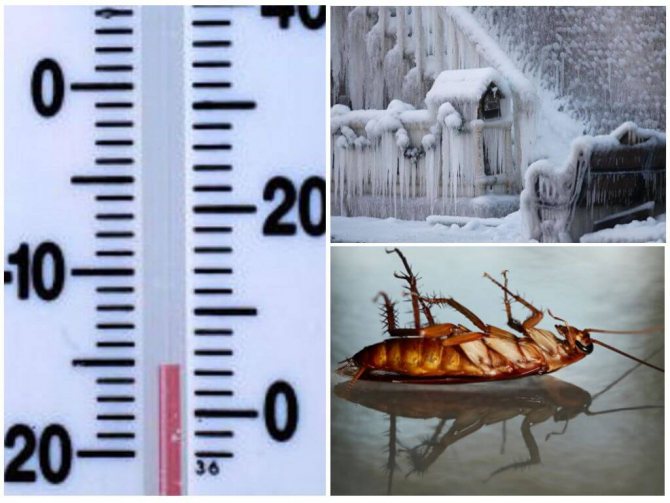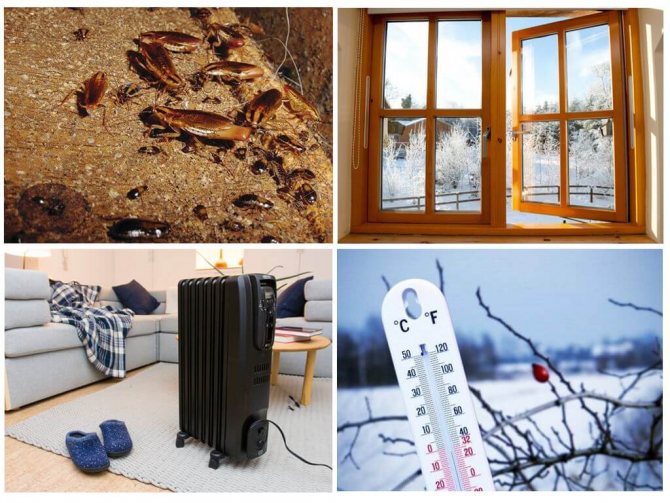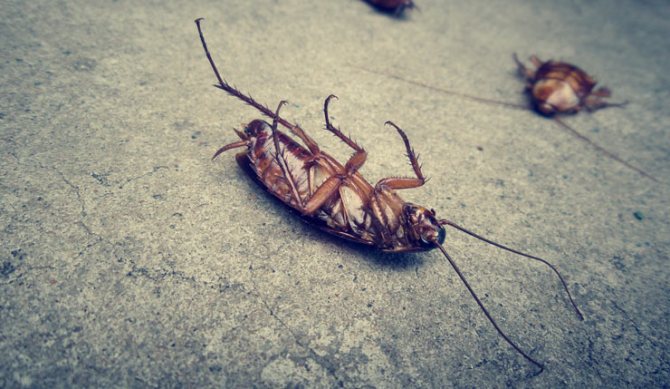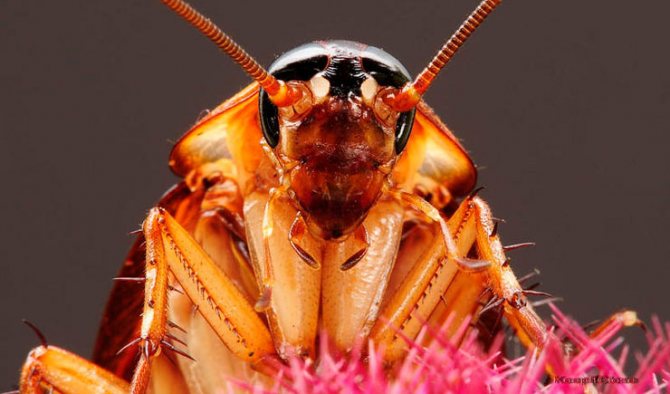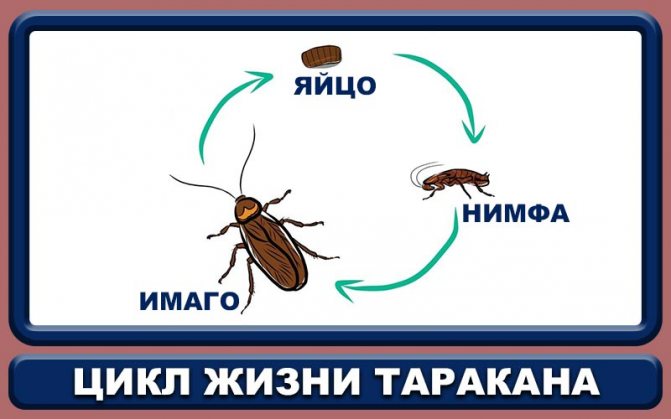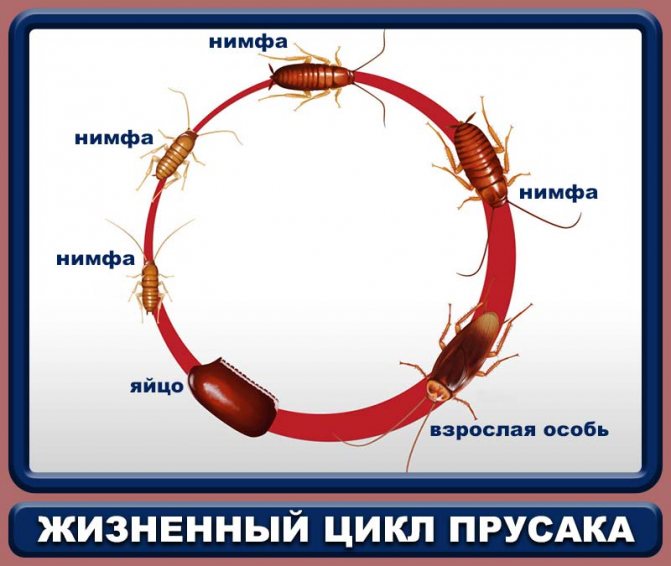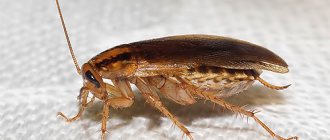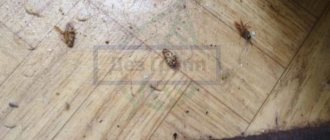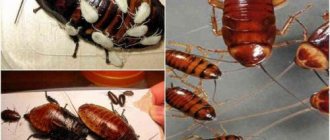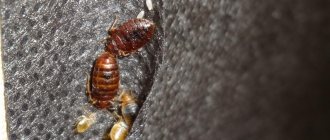For a more fruitful pest control, it is clearly not superfluous to learn the features of their life cycle. Moreover, red and black individuals, ubiquitous in the Eurasian territory, behave somewhat differently than other members of the cockroach family.
So, let's try to find out how cockroaches live, what they eat, how they copulate and reproduce. Consider the features and stages of development of insects in different conditions. We will analyze the life cycle of red and black cockroaches, but we will also mention other, more exotic species for our climatic zone.
Features of individuals
The red cockroach has a length of 1.5-2 cm. The color in a good half of the cases is dark brown. The insect has wings that help it overcome small obstacles. But he cannot fly, he can only jump.
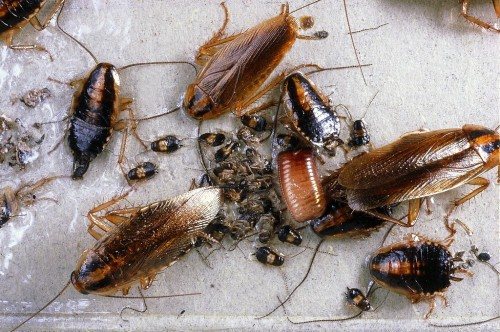
Red individuals most often found in city apartments. Multi-storey buildings with a developed network of technical tunnels and sewerage, giving access to any kitchen - a simple paradise for an insect.
Black specimens also called basements, because of the specifics of the habitat. You can meet them on the first floors of apartment buildings and in the private sector. Insects are distinguished by a dark but shiny chitinous cover and a complete absence of wings.
The average length of a sexually mature black cockroach is the same as that of a red cockroach - about 1.5-2 cm. But unlike the latter, they run very fast and smell foul. Black individuals prefer to make forays for food at night or in the early morning.
Interesting! In red and black cockroaches, "hunting grounds" are clearly divided. The first one gets the apartments above the second floor, and the second gets the basements and the first floor. Border violators are severely punished.
The population of red cockroaches grows much faster and they reach sexual maturity earlier. Both species are in fierce conflict with each other and literally fight to the death for their territory. In addition, red pests are not averse to feasting on the eggs of black individuals, which again reduces the population of the latter.
Appearance and structure
Red cockroaches are small compared to the rest of the family.
The size of an ordinary adult (adult) is one and a half centimeters.
The head is oblong, the eyes are widely spaced, dark. The legs of red cockroaches are long, with special suction cups that allow them to move along vertical planes.
The body is colored reddish-yellow and consists of the following parts:
- cephalothorax;
- abdomen;
- head.
The insect has developed wings with rigid elytra on top, but it cannot fly, it can only glide, falling from a height. But there are also flying cockroaches. The mouth apparatus is gnawing.
In males, the body is narrow, the abdomen has a wedge-shaped shape, its edge is not covered with wings
The body of the females is wider, the abdomen is rounded, completely covered with wings.
One of the most important organs in cockroaches is the antennae, which are very sensitive to all kinds of odors. With their help, the Prussians communicate with their relatives and navigate in space. The loss of one or both whiskers becomes a real tragedy for these insects, as they lose information about the world around them.
REFERENCE! A distinctive feature of the Prusaks are the cerci - small tails at the end of the body (one on each side).
Stages of development
Representatives of the cockroach family differ in an incomplete development cycle. That is, almost all insects of this order pass the pupa stage, which is, for example, in butterflies. The development of cockroaches consists of three main stages:
- egg;
- nymph (young);
- imago (sexually mature individual).
The female insect can lay 12 to 50 eggs. The specific number of the latter depends on the subspecies of the cockroach. For example, a red pest can have from 25 to 50 eggs, with annual clutches in the region of 10-12 eggs. While in the black cockroach, these data fluctuate around 12-18 and 20-22, respectively. The well-known Madagascar individual makes only 6 clutches of 40-50 eggs per year.


Cockroach egg


Nymph
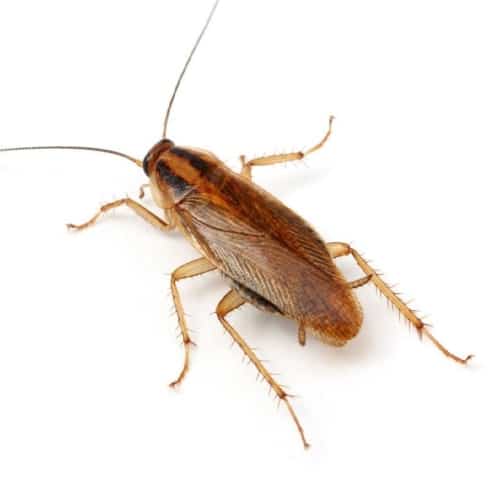

Adult (imago)
At the initial stage, the eggs are reliably protected by a special capsule made of proteinaceous material - ooteca. It is located under the abdomen of the female. Such a cocoon has a number of significant advantages over other methods of development.
Useful properties of ootheca:
- does not allow poisons and water to pass to the eggs;
- can develop without the direct presence of the female;
- resistant to temperature fluctuations;
- well protected from physical impact;
- provides nourishment to newly emerging nymphs.
If the female is in danger, then she can drop the capsule without harm to the offspring. The eggs will ripen without any problems without the participation of the mother. Larvae can survive extreme heat and cold in the oodema. In this case, 10 degrees can be safely added to the range of temperatures critical for adult cockroaches.
Important! One of the main mistakes in the fight against insects is the destruction of only living individuals. It is imperative to find the ootheques and destroy them.
How does temperature affect the Prusaks?
Prusaks and other species of these insects are cold-blooded creatures. They cannot independently regulate the temperature regime of their body. It directly depends on the external environment.


That is why many people who want to get rid of annoying insects are interested in the temperature at which cockroaches die. If you roughly navigate what conditions they like and what they are afraid of, then it is quite simple to destroy them forever.
Development features
The larva can develop in the ooteca from several weeks to a whole year. The decisive factor here is the climatic conditions. The ideal temperature for rearing young stock is 30 ° C. If the female has enough water and food, then the development of the larvae occurs as soon as possible.
At low temperatures and lack of food, the process can be significantly delayed. The ooteca will simply wait for optimal conditions, inhibiting the development of the larvae. If those do not occur, then the young may die altogether.
Each subspecies takes care of its offspring differently. The female of the common red cockroach protects the ooteca almost until the very birth of the young. And even after the appearance of the nymphs, she protects them for 3-4 days. While black cockroaches quickly throw the capsule to the mercy of fate and are completely indifferent to the further fate of the larvae.
Interesting! Females of Madagascar cockroaches take care of their young to the last. Newly hatched nymphs first linger on the backs of their mothers, eating the remains of the ooteca, and then they do not leave the parent a single step.
Life "without a head"
Recent experiments by American scientists have led to a sensational discovery: cockroaches can continue to live for some time if their head is torn off. Tests have shown that a cockroach lives without a head for 7-9 days.
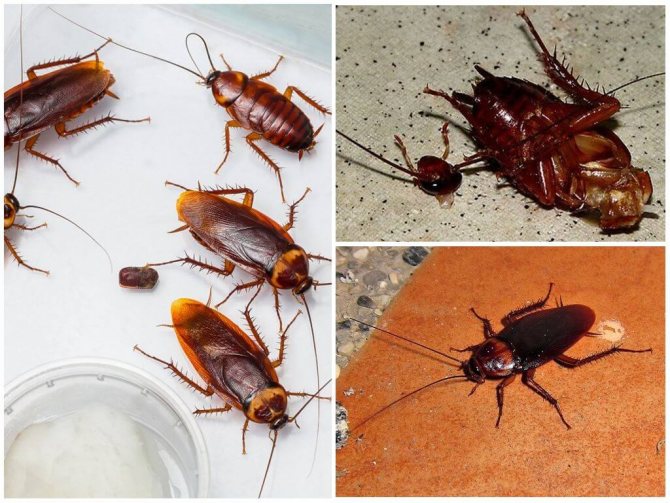

Headless cockroach
On a note!
In addition to the body, the detached head of a cockroach is also able to “live” for 1 week, when the scientists placed it in a cool place and provided feeding with a special solution.
Entomologists explain this fact by the structure of the organism of insects, which have no pressure in the circulatory system. Due to this, when the head is separated, there is no blood loss, as happens in humans, the vessels are "sealed" with coagulated blood, and the entire system continues to function.
Nymphs
A newly hatched cockroach is about 2-3 mm long. In wild species, nymphs are noticeably larger - up to 5-6 mm. Young growth is distinguished by a soft and light chitinous cover. At this stage of development, cockroaches have no wings at all.
Nymphs grow very quickly and every day the chitinous shell becomes harder. From the first hour of their life, the activity of young animals is not much different from adults. Growing cockroaches can molt up to 6 times, getting rid of their old shell and building a new one.
In the optimal habitat, young animals develop wings in the second month. The level of activity of the nymph also increases, along with the needs of the body. Already in the third month, the grown cockroach enters the adult stage of the imago.
Interesting! If the ambient temperature does not rise above + 15⁰С, then the young will never move to the next stage and will remain at the nymph stage.
The development of insects can inhibit hunger, the action of insecticides and other poisons. But the main reason for the decrease in the activity of cockroaches is a decrease in temperature. Pests are always looking for a warmer place, and even if they appeared on the street, then with the approach of cold weather they will surely find refuge in a person. That is, where there is plenty of warmth and food.
For what reasons do they appear in a particular living space?
There are several reasons:
- unsanitary conditions. Always dirty floor, unwashed dishes, cluttered corners, scraps of food lying in different places (this can be spilled sugar or flour);
- things from travel. An insect can arrive at your home in a travel bag, having got into it from a hotel or a train car;
- dysfunctional neighbors. It doesn't matter which side of the slob you are on (top, bottom, through the wall). Cockroaches will surely penetrate from them into your apartment from the ventilation hole or cracks in the walls and floor;
- faulty water and sewer pipes. Small humid places under a drip and warmth - this is a real cockroach paradise. As long as there is moisture nearby and the temperature in the apartment does not drop below 10 degrees, the Prussians will be ready to live with you forever.
We suggest that you familiarize yourself with: How to remove fleas from a cat at home
Breeding features
Some species can be fertilized according to the principle of parthenogenesis. This is a kind of "virgin birth" and an exception to the rule. There is also a myth that all representatives of cockroaches are hermaphrodites. In fact, this is not the case. To obtain offspring, the female needs at least once in sexual contact with the male.
Red and black cockroaches reproduce in a classic manner. The external characteristics of the male and female are very different. You don't have to be an entomologist to correctly identify who is who. Females cannot fly and outwardly look much larger than males. The latter have pronounced reproductive organs in the back of the body.
The breeding frequency largely depends on the mating season. In black and red cockroaches, it is not fixed, so insects mate at the first opportunity. As such, they do not have fights for the female.
Interesting! The Madagascar cockroach fight for the "lady of the heart" is a real epic, with its own rules and interesting rules. They hiss menacingly, butt and try to turn their opponent onto their backs.
The female herself lets you know when she is ready to mate. Sexually mature individuals secrete a specific secret that attracts males. Red and black cockroaches peacefully split into pairs.
Lifestyle and nutrition
The Prussians do not like daylight and only crawl out of their hiding places at night.
If you suddenly have suspicions about the appearance of uninvited red-haired guests in your apartment, turn on the light in the kitchen at night: live cockroaches will spray from the sink and from the dining table in all directions.
The favorite habitats of domestic red cockroaches are all kinds of narrow cracks (so that the back and abdomen of the insect are in close contact with surfaces): in the floor, under the baseboards, in door frames, furniture. In addition, the Prussians can choose household appliances and books for the settlement.
These insects are omnivorous. Food for them can serve not only food, but also paper, wallpaper glue, book bindings, fabric and even soap.
Cockroaches are able to starve for a long time, but do not tolerate droughts at all. If the Prussians can survive for a whole month without food, they cannot survive for weeks without water.
Mating process
The copulation process of a male red cockroach can be called classic with an eye to other representatives of cockroaches. He inserts his genital plates into the back of the female and leaves a seed in her. It is worth noting that after mating, the newly-made pair irrevocably disintegrates. For future copulations, the male is always looking for a new mate.
It is interesting that the female does not use the male's seed all at once, she spends it rationally. That is, it seems to preserve some part for the subsequent "immaculate conception". One stock is enough for an average of 10 fertilizations.
It turns out that only one female can become the mother of an impressive colony of cockroaches. All she needs for this is favorable conditions - warmth and food.


Do they harm a person?
IMPORTANT! Red cockroaches are dangerous to humans: constantly in contact with garbage, household waste, dirt, they are carriers of pathogenic bacteria, as well as eggs of worms.
Intestinal disorders, tuberculosis, helminthiasis are just a few of the diseases that the Prussians can bring on their paws.
Scientists were aware of several cases when these pests devoured the keratinized parts of the dermis on the face and hands of people, but they did not cause any tangible harm. So we can safely say that the Prussians do not bite.
The lifespan of cockroaches
Let's find out how long cockroaches live and what affects their quality of life. The life cycle of a red individual fluctuates in the area 10-12 months... Of these, about 6-7 months falls on the imago stage... The rest of the time is devoted to the evolution of the larva. The life cycle of black cockroaches is somewhat shorter - 8-10 months.
But these data are correct if the insect is in favorable conditions. Madagascar hissing cockroaches are considered centenarians. In the wild, they will calmly last for at least 2-3 years. If you breed them at home, then the life expectancy will be all 5 years.
Consider the main factors affecting the quality of life of cockroaches.
Food
The ubiquitous red cockroach can do without any food for about 40 days. While his black brother has been quietly starving for over two months. The fact is that in the latter, life processes are noticeably slower, which means less food is needed.
Unlike animals, a cockroach does not spend energy on heating its body, but it still has needs for food. Its quality is another matter. The insect is omnivorous and can feed on almost anything, from paper to artificial leather and cloth.
Ambient temperature
Almost all members of the cockroach family are thermophilic. Red and black individuals are also no exception, therefore they settle closer to humans. A sharp decrease has a detrimental effect on the life cycle of a cockroach.
At temperatures close to 0⁰С, insects hibernate, stop all activity.If the thermometer dropped to -5 ° C, then the death of the insect occurs within half an hour. At temperatures below -10⁰С, both the pests themselves and their eggs die.
But the opposite is also true. Too high temperatures are harmful to cockroaches. Exceeding the threshold of + 40⁰С will significantly reduce the number of pests, and + 50⁰С will kill them altogether. Critical temperatures are very often used in the fight against red and black cockroaches. In our climatic conditions, due to the harsh winters, they prefer to influence the pest with cold.
Water
Water plays a key role in the life of the insect. Without food, he will last a long time, but without liquid, no more than a week. The cockroach needs water for normal digestion, thermoregulation and smooth functioning of the circulatory system.
That is why he settles closer to the plumber. In many problem apartments, after opening the kitchen sink, a whole colony of pests is found. Here they have both water and food - ideal conditions. If there is a lot of dry food in the room, but little moisture-rich food and there are no other sources of liquid at all, then the cockroach will not stay here for a long time.
Insect life cycle
As a result of fertilization, an ooteca appears on the belly of a female. It is a capsule of the same color as the body of a cockroach, in which eggs (up to 40 pieces) with future insects are stored.
After a month, the ooteca swells and the female discards it. Larvae (nymphs) emerge from the capsule two days later. They will have to survive several molts, which last from two months, after which the finally matured individuals turn into full-fledged Prussians.
The full life cycle of a cockroach is approximately 40 weeks. During puberty, which lasts up to 200 days, the female manages to endure up to nine ootheca. This fecundity can significantly increase the size of the insect population.


